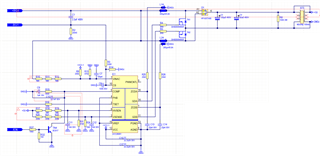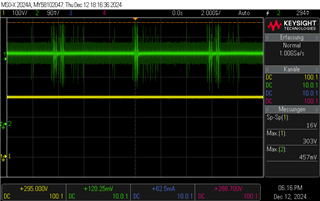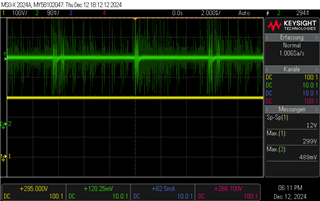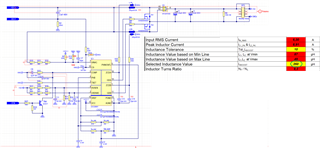Other Parts Discussed in Thread: UCC28064A, UCC28065, UCC28063
Tool/software:
Hi,
i started in a new company and reconized, that one of our powersources including 28061 has a poor PF 0,44-0,48 when running without load.


Unfortunately the expert died due to cancer, before he made a dokumentation of his working process.
I decided to update it to a later version and tried to rebuild the pcb by hand. I tried 28064 from demoboard with 260uH and 28065 with sluc645c with 260uH. All versions came out with ~310V without switching.Abgestimmt sluc645c.xlsx
Is it possible to improve the 28061 ?
We have a tiny space for the pfc, how can i make use of the smaller inductors with the 28065 chip?
Regards Sascha




